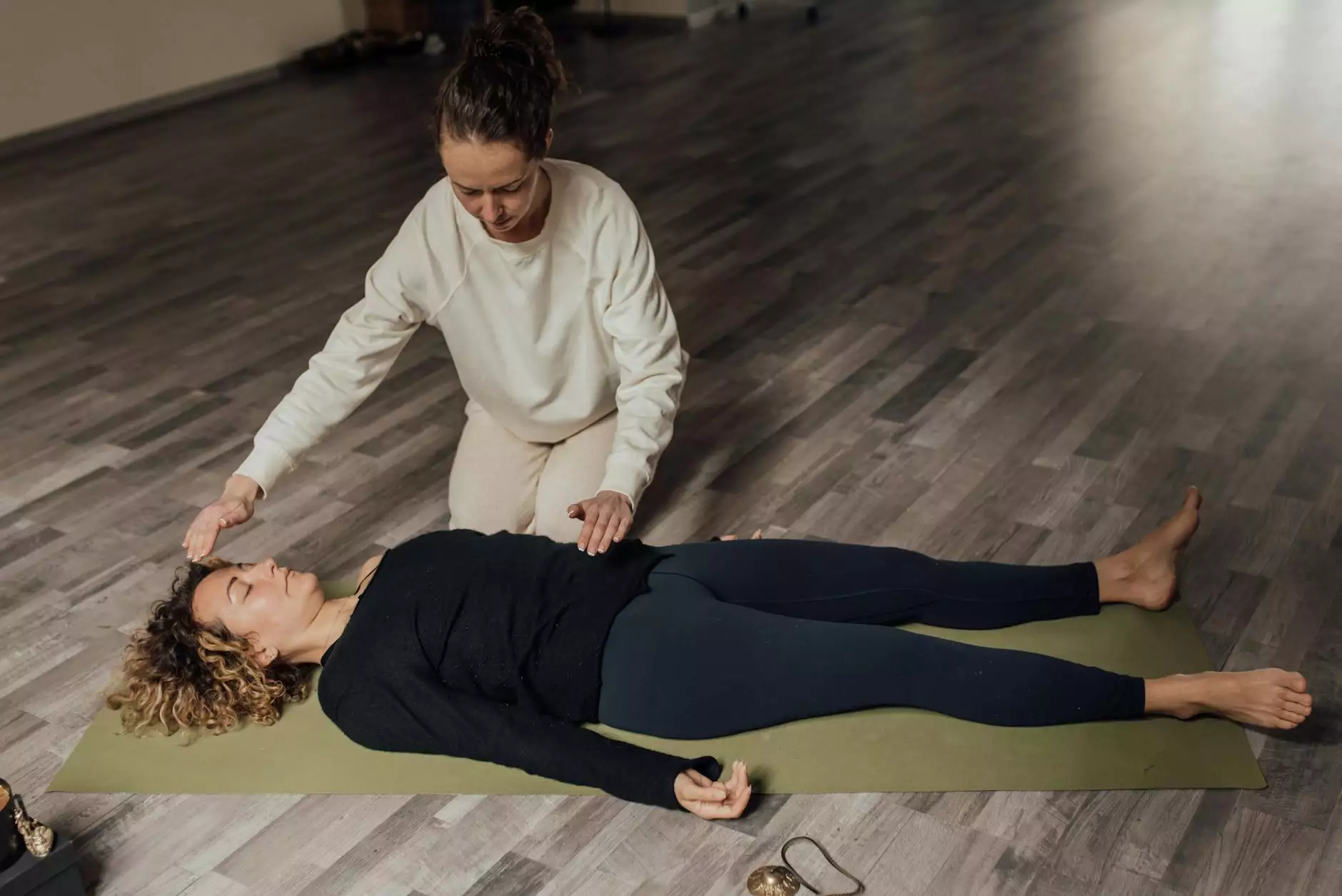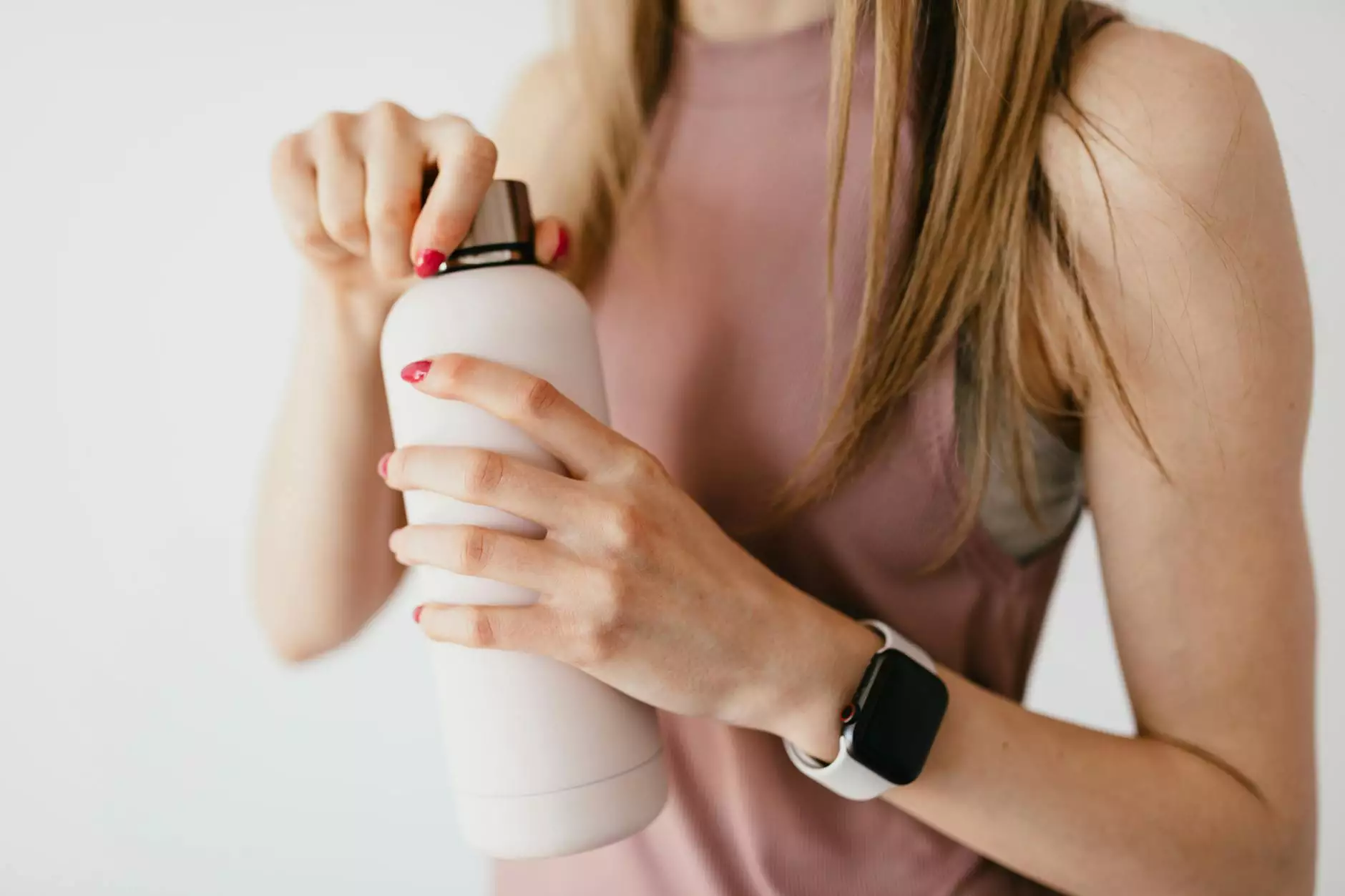Understanding Ankle Ligaments Recovery

The recovery of ankle ligaments is an essential topic for anyone who has suffered from an injury related to this area. Effective healing is crucial not just for regaining normal function but also for preventing future injuries. In this article, we will delve into the intricate details about ankle ligaments recovery, offering techniques, timelines, and tips to support a smooth rehabilitation process.
The Importance of Ankle Ligaments
Ankle ligaments are tough bands of connective tissue that connect bones to bones at the ankle joint. These ligaments play a critical role in maintaining stability and supporting the joint during various movements. There are several key ligaments in the ankle, including:
- Anteroinferior Tibiofibular Ligament - Provides stability to the ankle joint.
- Posterior Tibiofibular Ligament - Helps maintain ankle joint integrity.
- Deltoid Ligament - A complex of ligaments on the inner side of the ankle.
- Anterior Talofibular Ligament (ATFL) - Often injured during ankle sprains.
- Calcaneofibular Ligament (CFL) - Works with the ATFL to stabilize the ankle.
Common Injuries and Their Impact
Sports and daily activities often lead to injuries of the ankle ligaments, commonly through ankle sprains or tears. These injuries can affect mobility and quality of life. The severity of the injury typically determines the recovery process:
- Grade I (Mild Sprain) - Stretching of ligaments with minor damage and tenderness.
- Grade II (Moderate Sprain) - Partial tear of ligaments, leading to significant swelling and instability.
- Grade III (Severe Sprain) - Complete rupture of ligaments, requiring extensive treatment.
The Recovery Process
The Three Phases of Ankle Ligaments Recovery
The process of recovery from ankle ligaments injuries can be categorized into three main phases:
1. Inflammatory Phase (Days 1-3)
During this initial phase, the impacted area may exhibit swelling, pain, and bruising. The body responds to the injury, and it is crucial to:
- Rest the ankle to avoid further strain.
- Apply ice to reduce swelling.
- Use compression wraps for support.
- Elevate the ankle above the heart level.
2. Repair Phase (Days 4-21)
As pain subsides, the body begins to repair the damaged ligaments. The at-home recovery protocol includes:
- Gradual weight-bearing activities as tolerated.
- Gentle range-of-motion exercises to restore flexibility.
- Physical therapy guided by professionals for tailored recovery programs.
3. Remodeling Phase (Days 22 and Beyond)
In this phase, rebuilding strength and stability is paramount. A few steps to consider are:
- Engaging in rehabilitation exercises to strengthen the ankle.
- Targeting proprioception with balance training.
- Gradually returning to sports while monitoring for signs of reinjury.
Effective Techniques for Ankle Ligaments Recovery
To facilitate the recovery process, several techniques can be employed:
Therapeutic Exercises
Physical therapy plays a pivotal role in the recovery of ankle ligaments. A certified therapist can recommend a series of exercises tailored to the individual’s needs. Essential exercises include:
- Isometric Exercises: Focus on maintaining muscle engagement without moving the ankle joint.
- Range of Motion (ROM) Exercises: Improve flexibility by gently moving through the allowed range.
- Strengthening Exercises: Use resistance bands or weights to strengthen surrounding muscle groups.
Modalities for Pain Management
Incorporating specific modalities can significantly alleviate discomfort, including:
- Cold Therapy: Reduces swelling and numbs acute pain.
- Heat Therapy: Promotes blood circulation and relaxation in the later stages of recovery.
- Ultrasound Therapy: A technology that can assist in deep tissue healing.
Bracing and Taping Techniques
During rehabilitation, support can be bolstered through:
- Braces: Provide stability while permitting some mobility.
- Taping: Offers proprioceptive feedback and further support during physical activity.
Nutrition for Optimal Recovery
Nutrition plays an integral role in the healing process following an ankle ligaments injury. Here are essential nutrients that support recovery:
- Protein: Essential for tissue repair; include lean meats, legumes, and nuts in your diet.
- Omega-3 Fatty Acids: Found in fish and flaxseeds; reduce inflammation.
- Vitamins C and E: Vital for collagen formation and skin repair; enhance healing.
- Hydration: Stay hydrated to support overall cellular function and recovery.
When to Seek Professional Help
While many ankle ligaments injuries can be managed at home, certain signs indicate the need for professional evaluation:
- Persistent pain that does not improve with rest and standard treatment.
- Inability to put weight on the affected ankle after a significant period.
- Visible deformity or unusual movement patterns.
Preventing Future Injuries
Post-recovery, several strategies can help prevent future ankle ligaments injuries:
- Incorporate balance and proprioceptive exercises into your routine.
- Wear appropriate, supportive footwear, especially during sports.
- Gradually increase the intensity of activities to allow your body to adapt.
- Stay active overall to maintain an optimal level of fitness.
Conclusion
Recovering from an ankle ligaments injury can be a complex journey, but with the right approach—comprising rest, rehabilitation exercises, proper nutrition, and professional guidance—achieving optimal recovery is possible. It is essential to listen to your body and seek help when necessary, ensuring you can return to your daily activities and sports confidently.
For more information and personalized strategies for successful recovery, consider connecting with a podiatrist or a physiotherapist. Visit us at thefootpractice.com for expert advice and support tailored to your needs.









